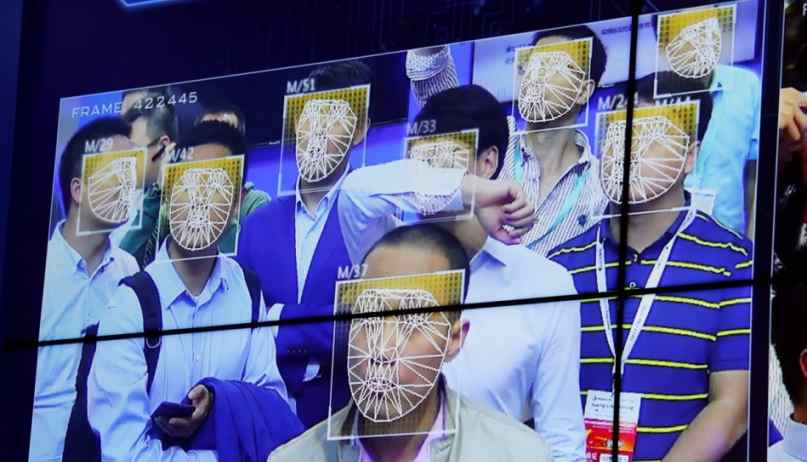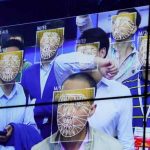This unknown AI startup is behind the facial recognition and surveillance technology used by the Chinese government to identify billions of its citizens even when they are wearing masks

China has the world’s largest video surveillance network with plans to expand it to more than 600 million surveillance cameras in just a few years. Today, the Chinese government uses some of the world’s most sophisticated systems of electronic surveillance, including facial recognition.
However, the coronavirus outbreak in China that started two years ago has forced billions of Chinese citizens to wear masks, posing a particular problem for surveillance and making it difficult for the Chinese government to properly recognize people using the current surveillance systems used at airports and other public places.
Now, one unknown startup has come to the rescue of the Chinese government with the first AI-powered facial recognition technology that can identify people when they are wearing a mask. Hanwang Technology Ltd, also known as Hanvon, is an AI facial recognition technology startup.
The startup said it has come up with technology that can successfully recognize people even when they are wearing masks. Hanwang said it has upgraded its facial recognition technology to allow devices to identify people even if they are masked.
“If connected to a temperature sensor, it can measure body temperature while identifying the person’s name, and then the system would process the result, say, if it detects a temperature over 38 degrees,” Hanwang Vice President Huang Lei told Reuters in an interview, according to a report from Reuters, citing an interview with Hanwang Vice President Huang Lei.
The Beijing-based tech startup said a team of 20 staff used core technology developed over the past 10 years, a sample database of about 6 million unmasked faces and a much smaller database of masked faces, to develop the technology, The team began work on the system in January, as the coronavirus outbreak gathered pace, and began rolling it out to the market after just a month.
It sells two main types of products that use the technology. One performs “single-channel” recognition that is best used at, for example, entrances to office buildings. The other, more powerful, the product is a “multi-channel” recognition system that uses “multiple surveillance cameras”.
Founded in 1998, Hanvon has a number of autonomy in the fields of handwriting recognition, optical character recognition (OCR), and handwriting input. The core technology of its intellectual property rights and comprehensive technical level used in China and abroad. Huang says the new AI-power facial recognition technology can identify everyone in a crowd of up to 30 people “within a second.” The success rate for people without masks is about 99.5%. “When wearing a mask, the recognition rate can reach about 95%, which can ensure that most people can be identified,” Huang added.
The Chinese government is working to combine its 170+ million security cameras with artificial intelligence and facial recognition technology to create a vast surveillance state. One of Hanvon’s big customers is the Ministry of Public Security, which runs the police. Using Hanwang’s technology, the ministry can cross-reference images with its own database of names and other information and then identify and track people as they move about, Huang said.
“It can detect crime suspects, terrorists or make reports or warnings,” he said. But the system struggles to identify people with both a mask and sunglasses, he added.
“In this situation, all of the key facial information is lost. In such cases recognition is tough,” Huang said. The company has about 200 clients in Beijing using the technology, including the police, and expect scores more across 20 provinces to start installing it soon, Huang said.
Below is a video of Hanwang AI facial recognition technology.
Below is a video of how China tracks billions of its citizens.




